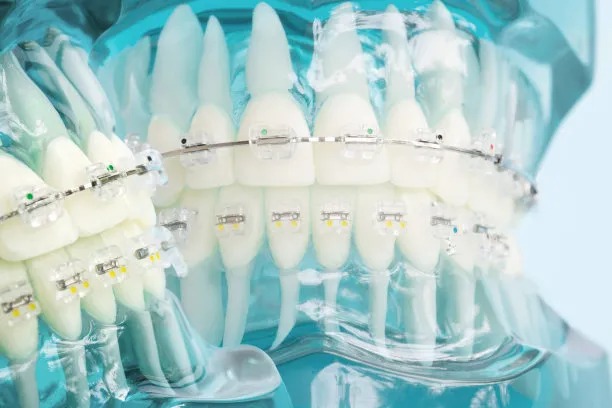The Essential Guide to Extracting a Tooth Safely and Effectively for Improved Dental Health
Summary: Extracting a tooth is often seen as a daunting task, but when done safely and effectively, it can contribute positively to dental health. This guide will delve into the crucial aspects of tooth extraction, detailing pre-extraction preparations, techniques for safe extraction, post-extraction care, and potential complications. By understanding these components, patients can approach tooth extraction with confidence and ensure a smoother recovery process. Whether faced with a decayed tooth or overcrowding, this article aims to provide essential knowledge to improve dental health through proper tooth extraction practices.
1. Preparing for a Safe Tooth Extraction

Before undergoing a tooth extraction, preparatory steps are essential for a successful outcome. An initial consultation with a dental professional is recommended to assess the necessity of the extraction and to discuss any underlying health conditions that may complicate the procedure. The dentist will evaluate the tooth, potentially utilizing X-rays to determine its condition and the surrounding bone structure.
Additionally, patients should disclose their full medical history, including medications, allergies, and any chronic illnesses. This information allows the dentist to establish a tailored approach, ensuring that the patient is fit for the extraction. Patients may be advised to halt certain medications, such as blood thinners, in the days leading up to the procedure to reduce bleeding risk.
Finally, its beneficial for patients to mentally prepare themselves for the process. Understanding what to expect during and after the extraction can alleviate anxiety. Knowing the importance of post-operative care will contribute to a smoother recovery, making the pre-extraction phase a vital component of the tooth removal process.
2. Techniques for Safe Tooth Extraction
The extraction technique employed can greatly influence the safety and effectiveness of the procedure. Depending on the tooths condition, dentists may choose between simple and surgical extraction. A simple extraction is typically performed on teeth that are visible and easily accessible, utilizing local anesthesia to numb the area.
For more complex cases, such as impacted wisdom teeth, surgical extraction may be necessary. This procedure often requires general anesthesia and involves cutting into the gum tissue and removing bone to access the tooth. A detailed discussion with the dentist about the chosen method will help alleviate uncertainties about the procedure.
Moreover, the skill and experience of the dental professional are crucial. A qualified dentist will employ proper techniques, ensuring minimal trauma to the surrounding tissues and reducing the risk of complications. Patients should trust their dentists expertise and follow their guidance regarding the extraction method to be used.
3. Post-Extraction Care for Best Recovery
Following a tooth extraction, appropriate post-operative care is crucial to ensure a smooth recovery. Patients should be advised to follow their dentist’s instructions, which typically include biting down on gauze to control bleeding. It is also essential to rest and limit physical activity for the first 24 hours to facilitate healing.
Dietary recommendations play a significant role in recovery. Patients should stick to soft foods, avoiding anything too hot, cold, or spicy that could irritate the extraction site. Staying hydrated is important, but individuals should avoid using straws, as the suction can dislodge the blood clot, leading to dry sockets.
Additionally, monitoring for potential complications, such as severe pain, excessive bleeding, or signs of infection, is essential. If any unusual symptoms arise, contacting a dental professional promptly can prevent further issues and promote a healthier recovery process.
4. Recognizing Potential Complications
Tooth extraction, while often straightforward, can sometimes lead to complications. One common issue is dry socket, which occurs when the blood clot at the extraction site dissolves or dislodges before healing. This condition can lead to severe pain and requires additional treatment by a dentist.
Infections are another concern. Patients should watch for symptoms such as fever, swelling, or worsening pain. If an infection is suspected, prompt treatment is necessary to prevent it from spreading. Regular follow-ups with the dentist will help in monitoring the healing process and addressing any concerns.
Lastly, nerve damage, although rare, can occur during extraction. Patients might experience numbness or tingling in the lips or tongue. While some cases resolve on their own, others may require further evaluation. Understanding these risks allows patients to approach tooth extraction with informed caution and take proactive steps toward managing their dental health.
Summary:
In summary, safely extracting a tooth involves a thorough preparation process, knowledge of extraction techniques, proper post-operative care, and awareness of potential complications. By following the guidelines laid out in this essential guide, patients can ensure a positive extraction experience, contributing to overall better dental health.
This article is compiled by Vickong Dental and the content is for reference only.



